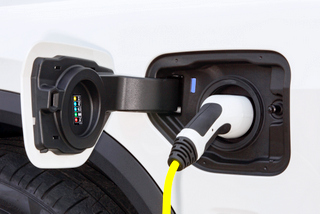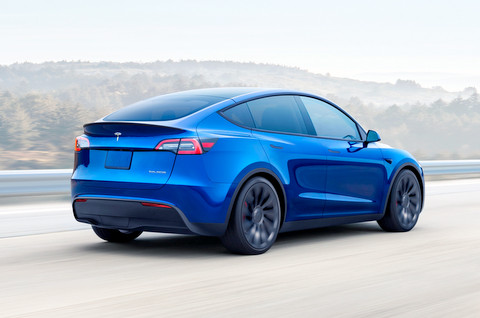What You Need to Know About EVs Catching Fire
After Hurricane Ian
On September 28, 2022, Hurricane Ian made landfall in southwestern Florida. It was a destructive, Category 4 hurricane, bringing catastrophic storm surges, heavy rainfall and intense, sustained winds.
Recent reports suggest several EVs caught fire due to water damage caused by severe flooding in the most heavily impacted areas. Learn more about how and why they sometimes catch fire and how EV owners can prepare themselves for potential water damage in their vehicles.
The Effects of Water Damage in EVs

Water becomes an unstoppable force during a natural disaster such as a hurricane or tsunami. In 2017, flooding rains from Hurricane Harvey were strong enough to disable water supply infrastructure in Beaumont, Texas, leaving 118,000 residents without water.
Water damage is a severe problem for areas prone to natural disasters, flooding or storm surges. When EV batteries are submerged in salt water, the water causes the lithium-ion battery cell to discharge energy and become hot. This can lead to thermal runaway, a process in which heat propagates from one cell to another and burns.
EV Fires in Florida After Hurricane Ian
Reports claim the root cause of the EV fires in Florida happened when their batteries short-circuited or became physically damaged because of flooding. Current research suggests EV fires are rarer than standard vehicle fires, but EV fires are much more difficult to extinguish.
An EV battery’s primary energy source can cause several reactions, causing fire to spread and burn longer. In two Florida towns—Naples and Sanibel Island—firefighters spent hours trying to extinguish the EV battery fires. Several videos on the popular social media platform TikTok show firefighters spraying hundreds of gallons of water on a Tesla in Naples, Florida.
What EV Owners Should Know
One exciting development in EV battery technology is the use of salt water. When a lithium-ion battery is submerged in saltwater, it causes severe damage. However, researchers and scientists used salt water to develop saltwater batteries, which are much safer, can prevent long-lasting fires and are better for the environment than their lithium-ion counterparts. But until salt water batteries become widespread in EV manufacturing, EV owners must know how flooding can damage their vehicles and cause a fire.

Basic Steps for EV Owners
No vehicle is safe to drive during flooding, so people in flood or hurricane zones should be mindful of weather alerts. Since battery corrosion is not visible, all EVs should be inspected after flooding.
If there is flooding or the potential for heavy rainfall, EV owners should move their vehicles away from buildings to reduce the chances of a fire possibly spreading in a building and causing even more damage. Additionally, it’s never safe to drive a potentially damaged EV—it must be towed.
Keeping EVs Safe During Natural Disasters
As Hurricane Ian showed, EV owners must find a place away from other structures to stow their cars before a storm hits. Doing so can save them not only money on possible repairs, but also prevent their own injuries.
The post What You Need to Know About EVs Catching Fire first appeared on Clean Fleet Report.
Source: Electric, Hybrid, Clean Diesel & High-MPG Vehicles

